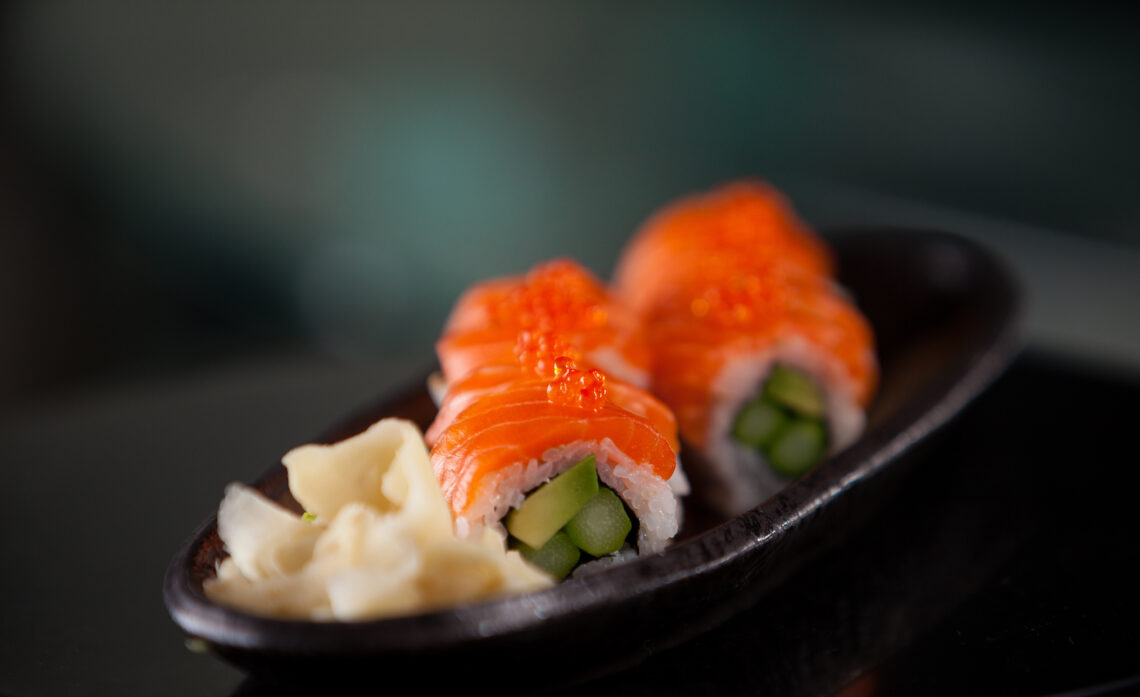The chefs at Alex Sushi are masters at judging the quality of a salmon, and only get whole fish, never fillets. This is, among other things, to be able to make a thorough assessment of the quality of the skin, gills, marbling, elasticity, texture, appearance and taste.
“This salmon is of the best quality, and a product we can vouch for to a very high degree. It has a super consistency, it stays good, it is easy to pull bones out of the fillet without getting sores, it looks good in shape, shine and color and it tastes very good,” explained Thea Sandberg to SalmonBusiness.
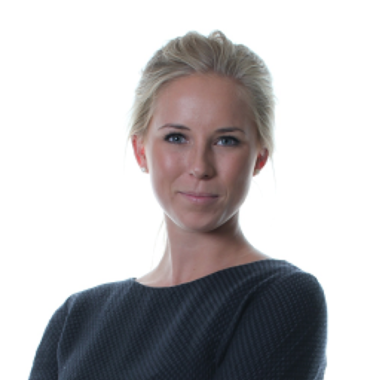
She is the general manager of Alex Sushi Holding.
Healthier
The fact that salmon contains omega-3 from krill is another positive.
“It is only becoming more and more important for us that salmon is even healthier, because our guests are like us – increasingly concerned about health and sustainability,” she said.
The BioMar feed is supplemented with 12 per cent krill flour. The krill meal is supplied by Aker BioMarine.
“We knew of previous studies that showed that salmon fed on krill had better quality. We wanted to understand more about why, and went together with Nofima and others and did a basic study where we looked at the genes of the fish. The main conclusion was that krill in the feed strengthened the fish’s connective tissue. We wanted to test this further with a farmer,” says Executive Vice President Sigve Nordrum in Aker BioMarine.

More expensive
BioMar, which is a krill customer of Aker Biomarine, asked the feed customer Engesund Fiskeoppdrett if they would join the project. They chose Engesund because it is a breeder who wants something more, who wants to pave the way.
Nordrum admits that the feed for the fish becomes more expensive when krill is added, but believes it only constitutes a negligible price increase.
“What is important here is that it is much more efficient to farm with krill in the feed. The fish grows faster, and it gets better health and quality, which means that the profitability potential is higher.”
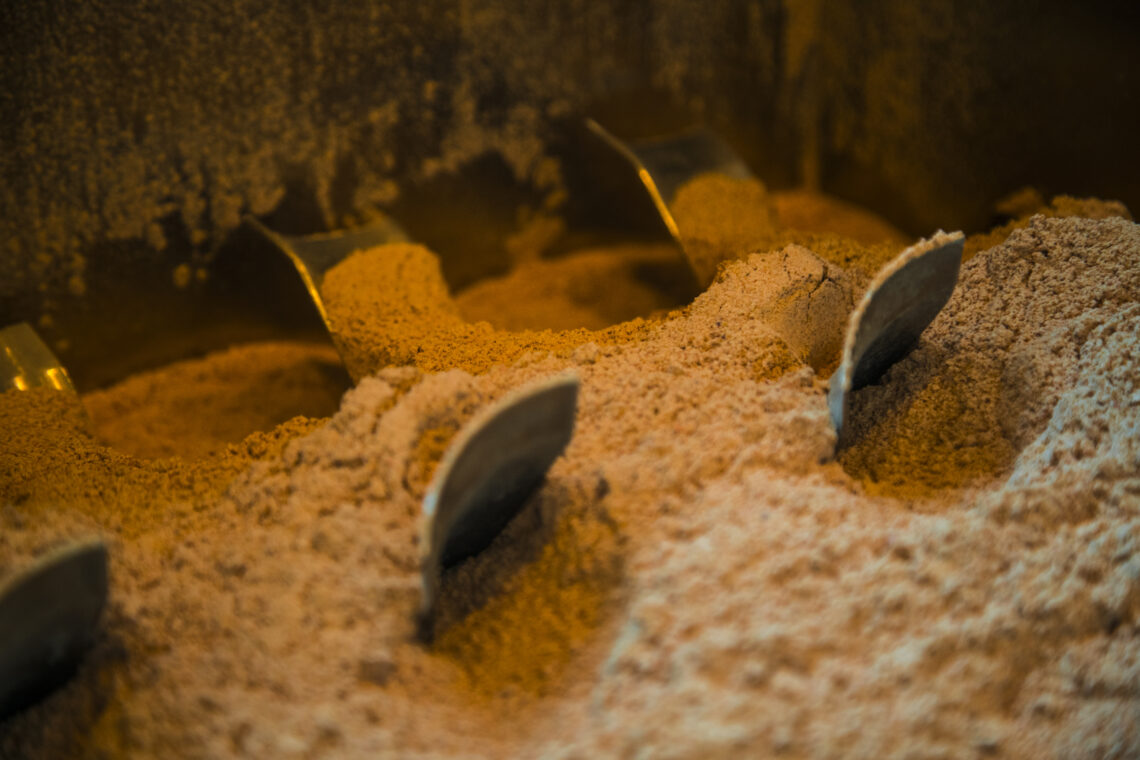
Sustainable
The main reasons why krill in the feed are considered more sustainable are that the krill come from a not fully utilized biomass, and that Aker BioMarine’s fisheries and feed production are classified as the most sustainable in the world by the Sustainable Fisheries Partnership.
“The components in krill strengthen the connective tissue in the meat of the salmon, in addition, krill gives the fine red color and the unique form of omega-3 fatty acids in krill means that the positive omega-3 effects are enhanced.”
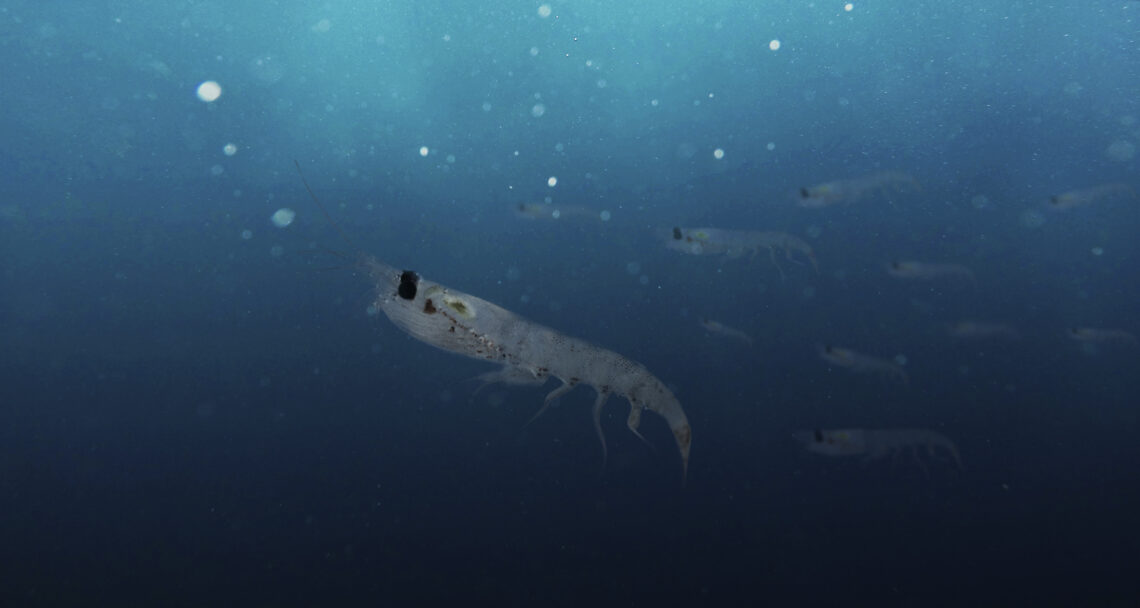
He has a challenge for the Norwegian aquaculture industry:
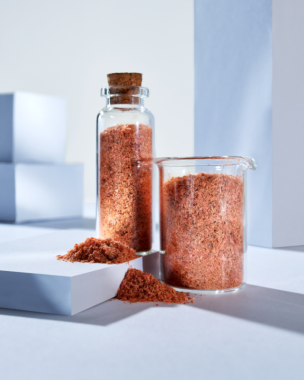
“The industry must become better at differentiating on quality. There is an obvious opportunity in the sales stage here, and the industry must find out how it can utilize this upside, this opportunity to charge a higher price for higher quality.”
Premium
Engesund’s general manager, Svein Eivind Gilje, has received a good response to the krill salmon.
“We think it is very exciting to be part of projects that bring the industry forward. We have only received good feedback on the salmon,” said Gilje.
He is looking forward to showing the premium salmon to foreign players, and hopes they will pay a price premium.
